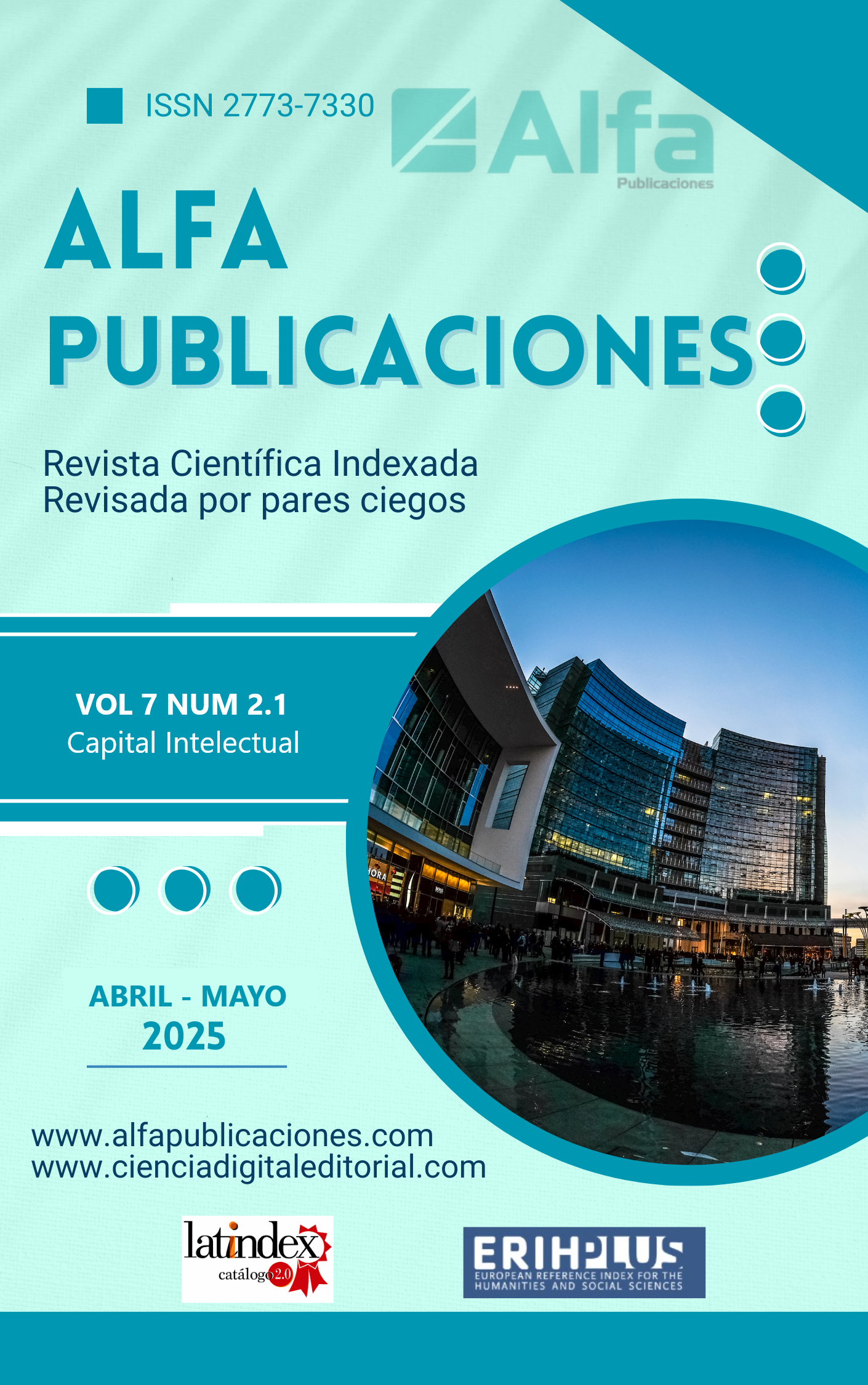Predicting the compressive strength of plain concrete using a multiple linear regression model
Main Article Content
Abstract
Introduction: Conventional methods used to determine the strength of concrete have significant limitations in terms of time, costs, and operational efficiency. A 28-day curing period is required for a specimen to be considered ready for testing and its maximum strength to be measured. In addition, these traditional techniques involve the destruction of the samples after testing, which generates an irreparable loss of material and economic resources. This procedure not only increases project costs but also causes significant delays in the execution of the works, affecting their schedule, quality, and economic viability. Objective: Design a multiple linear regression model to predict the compressive strength of plain normal strength concrete at 7, 14 and 28 days. Methodology: Initially, information was collected on variables involved in the dosage of concrete and which influence compressive strength. For the training and testing stage of the model, the hold-out technique was used. The metrics used to evaluate the predictive capacity and validation of the model were R2, RMSE, MAPE. For the validation stage, laboratory tests of the materials were conducted, and concrete specimens were produced with a resistance of 240 kg/cm2 at 28 days, cured in the laboratory under controlled conditions. Results: The age of the concrete is the variable that presents the highest linear correlation value (0.648), of the 27 variables initially considered for the construction of the model, 13 were statistically significant for the model with 90% confidence. Conclusion: The analyses showed that the Multiple Linear Regression model generates acceptable predictions with a mean absolute percentage error of 7%. General Area of Study: Civil Engineering. Specific area of study: Materials. Type of study: Original articles.
Downloads
Article Details
dssfdsf
dsfdsf

